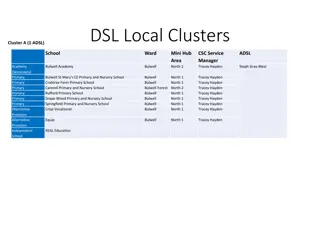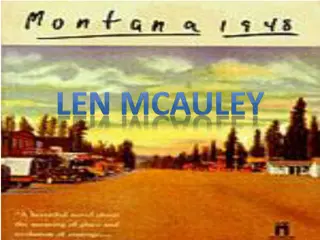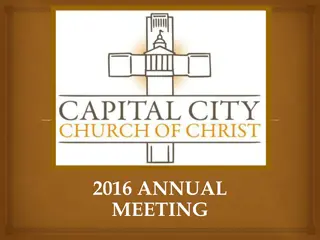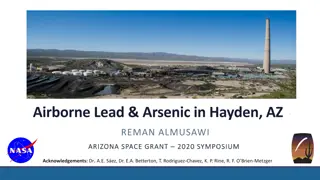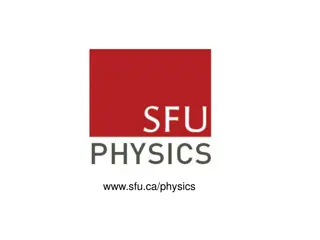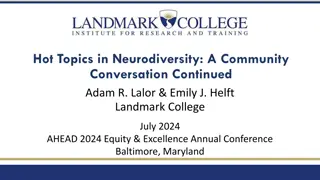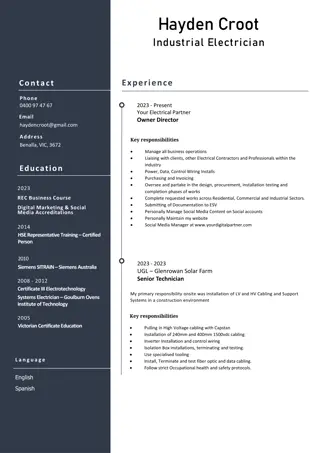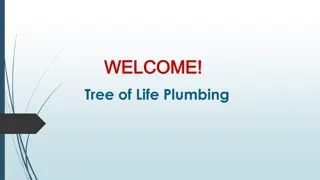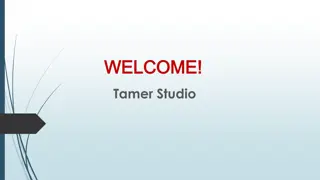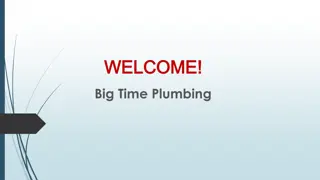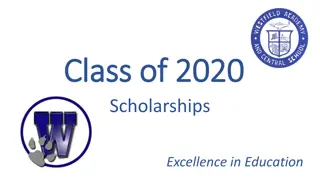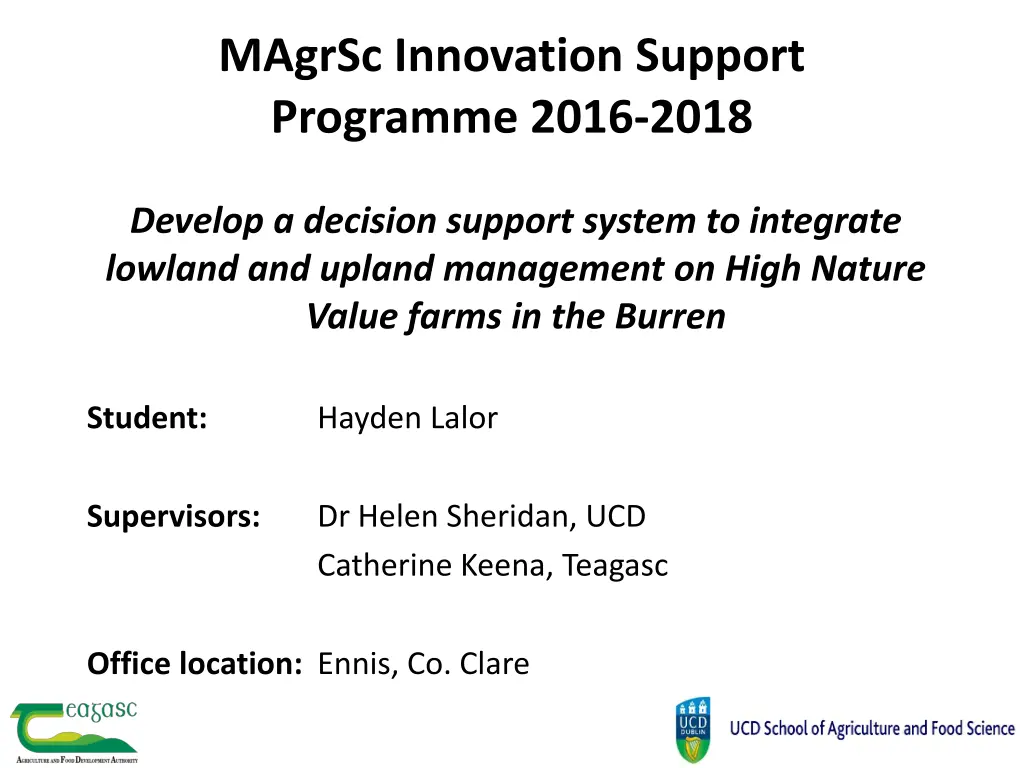
Decision Support System for Integrated Farm Management in Burren
"Developed as part of the MAgrSc Innovation Support Programme, this project aims to create a decision support system to integrate lowland and upland management on High Nature Value farms in the Burren. Through structured interviews and focus groups, the study identifies current challenges faced by farmers and aims to enhance knowledge transfer methods for improved best practice uptake. The thesis delves into the historical context of HNV farming in the region and offers practical and research-based conclusions. Key findings highlight influencers of management decisions and preferences for farm information sources in the Burren."
Download Presentation

Please find below an Image/Link to download the presentation.
The content on the website is provided AS IS for your information and personal use only. It may not be sold, licensed, or shared on other websites without obtaining consent from the author. If you encounter any issues during the download, it is possible that the publisher has removed the file from their server.
You are allowed to download the files provided on this website for personal or commercial use, subject to the condition that they are used lawfully. All files are the property of their respective owners.
The content on the website is provided AS IS for your information and personal use only. It may not be sold, licensed, or shared on other websites without obtaining consent from the author.
E N D
Presentation Transcript
MAgrSc Innovation Support Programme 2016-2018 Develop a decision support system to integrate lowland and upland management on High Nature Value farms in the Burren Student: Hayden Lalor Supervisors: Dr Helen Sheridan, UCD Catherine Keena, Teagasc Office location: Ennis, Co. Clare
Objectives/Research Questions 1. To identify current management systems and associated challenges faced by farmers participating in the Burren Farming for Conservation Programme 2. To identify appropriate KT methods to encourage best practice uptake by farmers. 3. To develop a decision support system specifically tailored towards Burren farmers which will assist in the integration of lowland and upland management.
Methodology Structured interview (n=22) Greater understanding of Burren farming systems Identify current KT needs Focus Group (x2) One with Burren farmers. One with stakeholders. Discuss main findings from interviews and identify how KT can be more influential in the integration of lowland and upland management
Thesis Structure / Chapters 1. INTRODUCTION Background Study Rationale Research Aims & Objectives 3. STUDY METHODS Sampling Structured Interviews Focus Groups Farmers Stakeholders 4. RESULTS Structured Interviews Focus Group Farmers Stakeholders 5. DISCUSSION Review of research findings Structured Interviews Focus Groups 6. CONCLUSION Suggested practical initiatives Suggested research initiatives 2. LITERATURE REVIEW HNV farming concept HNV farming across Europe HNV areas of Ireland Past policies & agri-environmental schemes CAP etc. HNV farming in the Burren History of farming systems and changes Farm management & decision making Role of advisory services
Key Findings In terms of KT Who influences management decisions? 16 Upland Management 14 Lowland Management 12 10 8 6 4 2 0 Burren Programme Teagasc Advisor Private Consultant Other farmers Ancestors Myself Other
Key Findings In terms of KT 2) Do you find attending farm information events worthwhile? 1) Currently participating in a Discussion Group? Yes Yes No 9% No 45% 55% 91%
Key Findings In terms of KT 3) Most preferred source for farm information? 4) Should there be more farm information events in the Burren? Conferences Discussion Groups Yes Farm walks/demos No 5% Mobile App/Internet 5% Television 19% 36% 64% 33% 38%
Key Findings Use of winterages and changes in lowland management 14 farmers increased winterage use since joining has lowland mgmt changed? 5 Yes 9 No So if it hasn t, why hasn t it? (N=9) Further analysis showed 3 more farmers had changed low mgmt somehow (reduced silage production, increased stocking rate, longer grazing) Remaining 6 that didn t change low mgmt despite increasing winterage use also didn t reduce silage production reasons included more housed stock for feeding over winter , felt safer to have surplus bales & poor winterage access If low mgmt has changed, how has it? (N=5) Reasons included less silage production , less fertiliser , more lowland grass , less poaching , increased lowland stocking rate
Key Findings Upland/lowland movement dates When to open winterages? 90.9% of farmers moving between early Oct & early November Due to weather (59.1%) and lowland grass shortage (54.5%) To follow this up, 4 were asked about possibly moving earlier Earlier you re in earlier you re out May suit winterages but doesn t suit lowland and early grass Other uses for grass in Autumn? - Grass is too soft to cut as well as being too costly. Rather graze out lowlands with other stock than leave grasses over winter period. When to close winterages? Huge variation in dates between early Jan & Mid May Due to calving , grass shortage (both 54.5%) and cow condition (31.8%) Calving dates and spring grass generally determine when to close 12 said they like to calve earlier yet only 4 have had more spring grass and are planning for it
Key Findings Upland/lowland movement dates 2 farmers that are calving earlier haven t had more grass in spring and aren t planning for it.. So why aren t they planning for early grass? Early grass often outside of management control Some lowlands are very wet, some are higher and colder Require more inputs Don t get the value of spreading fertilisers early Increase likelihood of poaching One stated he wasn t planning because he worked off farm
Conclusions to Date Variations between farms in terms of topography, weather, farming systems etc. create a diverse region where no farm can be treated the same. Interviews confirmed that from a management perspective, upland and lowland areas are regarded as different farming entities and in terms of management each are influenced be different groups. In terms of KT, interviews identified the need for a specifically focused decision support system that combines both upland and lowland farm management for Burren farmers. Justifies the establishment of a discussion group tasked with providing information on key management topics for the region such as optimal calving times, optimal times to open uplands/lowlands, grassland management, stock type etc.
Steps to Completion December 2017 Carry out Focus Group with Burren farmers Analyse data January to March 2018 Carry out Focus Group with Burren Programme and relevant stakeholders Conclude data analysis Continue Literature Review and Thesis write up April to June 2018 Complete thesis write up


